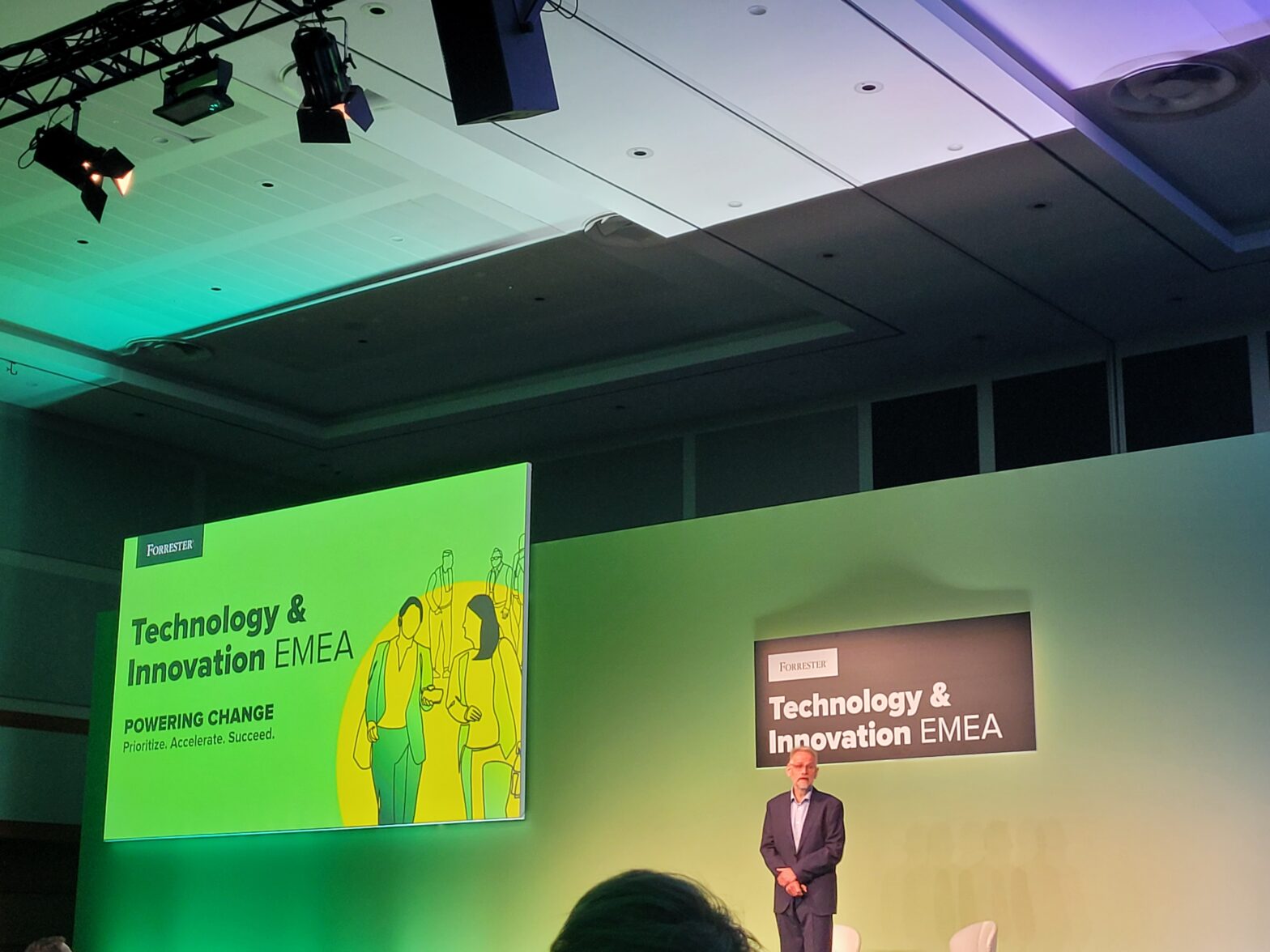Covid-19 has stirred uncertainty and change for businesses globally. As a result of the pandemic, technology and IT leadership roles have been in the spotlight more so than ever before, as companies scrambling to transform operations and customer engagement look to CIOs for new ways of navigating rapidly-changing trends and ways of working.
The 2021 State of the CIO report by IDG reflects CIOs’ influence during this tumultuous year. Given the numbers of CIOs stepping up to lead the pandemic response, it’s no surprise the research found half (47%) of CIOs self-identify as transformational, and more than a quarter (28%) of CIO respondents viewed their role as strategic to the business.
With data analytics identified as the number one tech initiative driving 2021 investments, CIOs are facing the challenge of unlocking data insights and incorporating AI/analytics working with a largely remote workforce, while still maintaining a human connection. In this environment, a few emerging trends can be identified to help CIOs stay ahead of the game, not just for the rest of 2021, but beyond.
With the urgent need for new ways to capture unstructured data, live voice and audio, advanced technologies are thankfully emerging on the scene, offering innovative solutions to aid CIOs and technology experts in their increasingly vital roles.
The evolution of the chief information officer (CIO)
Why data will be the biggest differentiator when it comes to competitors
Currently, it’s estimated that around 90% of all data generated in the world is unstructured — video and audio are examples of this. The small amount of data used by organisations is just the tip of the iceberg. Of the large mass of unstructured data out there, voice is far and away the biggest opportunity in that it is sizable — but also largely untapped. In the past, the technology to tap into the data in a scalable and meaningful way just didn’t exist and that meant a large team would be required to unlock and analyse conversations to extract insights.
The good news for organisations is the potential to access this kind of data has changed drastically in the last decade. The advancement of technology means opportunities to break into the world of unstructured data are rife, and organisations will be – and should be – looking for faster ways to unlock data and gain insights quickly. According to a 2019 Deloitte Survey, 55% of the business leaders said they were using or planning to use voice. With the large scale of insights that can now be generated using voice — from customer journey to markets, competitors and products, as well as the use of voice biometric technology — the growing interest businesses are taking is no surprise considering the advantage the insights and operational efficiencies can provide them with against their competitors. Voice analytics, for example, has the ability to make agents responsible for more complex conversations, whilst efficiently automating more mundane processes for a better customer and agent experience.
As well as the time saving advantage, analytics of unstructured data has the potential to reveal finer levels of distinctions, and micro-segment populations based on the characteristics of individuals. Deep learning models, which have hundreds of layers, have significant benefits when it comes to market intelligence and enable businesses to quickly scan unstructured data sets and find patterns. Using insights to personalise products and services on a wide scale is changing the fundamentals of competition in many sectors, including banking, education, healthcare and retail.
Marketing strategies can benefit from AI-based unstructured data analysis
How AI will be incorporated into every product and service
By 2023, one-quarter of Global 2000 companies will acquire at least one AI software start-up to ensure ownership of differentiated skills and IP. We found further evidence of the importance placed on driving value from technology with Gartner‘s research, which found 65% of financial service CIOs plan to increase spending on infrastructure technologies such as APIs, microservices and cloud in the coming year.
Companies are already realising the importance of having sharp technology solutions at their core, especially with the added shift to remote working as a result of the pandemic. IDG reported 82% of respondents confirmed new technologies, IT strategies, and methodologies were at the heart of their company’s response to the pandemic. Despite severe economic challenges, 2020 IT budgets remained relatively unscathed. If they are not already, CIOs should be considering how they can increase AI adoption and place an emphasis on the underlying data that powers it if they want to keep up.
Traditionally, there have been significant barriers to AI adoption. Even if people recognise its importance, its complex nature when it comes to analysing data, requires an end-to-end understanding of the process in order to consolidate the customer journey into a single record. Unfortunately, a lot of businesses have installed expensive technology that hasn’t delivered and poor previous experience is certainly a factor in adopting the right AI later down the line.
To avoid disappointment, organisations must focus on specific outcomes and work with vendors that meet specific needs without assuming one provider can do everything.
Critically, they must also ensure they have complete control of and access to any data they wish to tap into from across the enterprise and in the highest quality possible, as data silos and data quality issues can significantly impact outcomes.
Control and access to data also has significant implications for data governance across data residency, data sovereignty and data localisation – concepts particularly relevant when cloud solutions are being considered.
Venturers Club roundtable: why AI startups should focus on data privacy and trust
Human connection and the importance of voice
Voice is fundamental in communication of all kinds and, naturally, humans are tuned well to understanding it and deriving meaning from it. Customer experience, long a core enterprise priority, became an even greater imperative during the pandemic as companies scrambled to find alternative ways to engage clients, conduct business, and respond to changing requirements as COVID-19 forced business lockdowns and created significant socioeconomic stress. In all of this, I believe voice is still the best alternative to connecting where face to face communication is not an option. To exemplify this, even though NHS England had created a dedicated online resource to support sharing information with the public during the pandemic, it still received over 95,000 calls a day throughout March, an increase of over 6000% when compared with the year before.
IDG found that 81% of CIOs have already confirmed they are implementing new technology to enable better customer experiences and interactions, with 65% of companies now leaning on technology to provide an alternative to face-to-face communications. Even if companies do not rely solely on a call centre, they have some way of communicating with customers or clients and I believe voice is still the richest and most personal form of communication. As well as the external conversations held, recording and transcribing HR meetings can be helpful to understand the culture internally providing privacy concerns are addressed by clear policies and procedures around this.
2021 is already proving to be the year that data separates organisations from their competitors. The ability to unlock, analyse, and act on data will become foundational to growth. As the world leans towards hybrid working models and more communication via technology platforms rather than in person, I believe we will see a much greater reliance on voice continue, thanks to a greater demand for empathetic human connections.








